Alaskan wild-caught salmon, often hailed as the gold standard of sustainable seafood, faces increasing scrutiny. Emerging controversies and legal battles suggest a more complex narrative, raising essential questions about the true sustainability of these fishing practices. Here, we dive deep into the intricacies of Alaskan fishing, juxtaposing them with the pioneering solutions offered by Seatopia in sustainable aquaculture.
Alaska's Fishing Practices Under the Lens:
The idyllic image of Alaskan fishing is being challenged by recent lawsuits and environmental concerns. For instance, U.S. District Judge Richard Jones recently vacated permits for a key fishery in southeast Alaska, citing inadequate protection plans for salmon affecting the southern resident killer whale population. This landmark decision underscores the growing concern about the sustainability of Alaskan fishing practices.
If you purchase Alaskan salmon in grocery stores or pick it from the menu in fine restaurants this holiday season, chances are it will carry the Marine Stewardship Council (MSC) ‘Blue Fish’ label. The label is a promise to consumers: rest easy, the food you are about to eat comes from sustainable fisheries. In reality, Alaska’s fisheries may not all live up to this ideal. This year, the Alaskan fleet’s egregious harvesting practices left millions of Canadian salmon and steelhead unaccounted for, and killed 10 killer whales in their nets.
Considering the damage the Alaskan fleet has done this year, my wish for the holiday season is that the Marine Stewardship Council calls an emergency audit on the sustainability of the state’s fishing practices.
For any fishery to be ‘sustainable,’ it must be selective. The video below is taken from a video shot onboard an Alaskan purse seiner. Does it look selective to you?!
MSC certification is supposed to consider “the fishery's impact on other stocks.” Alaska’s contracted verifiers tell the MSC their fishing gear is “highly selective.” They say Alaska’s seiners “corral their nets beside the fishing vessel” and “use a small dip to brail the catch into the hold.”
The video shows a different reality. No ‘small dip nets’ sorting fish. Just thousands of salmon dumped straight into the hold in roughly 60 seconds. When people fish like this, there’s little chance any non-target bycatch like Canadian Chinook or steelhead are going to be thrown back alive.
Dozens of images and videos confirm in gory detail the destructive fishing practices that occur in the gauntlet that migrating B.C.-bound salmon must swim. How much longer can Rupert Howes, the CEO of the Marine Stewardship Council, ignore dead killer whales in the holds of trawlers? How can he certify a fishery that takes half the run of Skeena steelhead? The time has come to stop the charade.
Alaskan interception fisheries are the single largest source of mortality for BC salmon. That’s Alaska’s dirty secret, and Watershed Watch and SkeenaWild are leading the fight to expose and end it. While we at Seatopia do not agree with everything they say, its clear we agree that Wild Alaskan Salmon fisheries are not as selective and sustainable as they purport to be.
Quote from U.S. District Judge Richard Jones:
"The ruling effectively shuts down the summer and winter chinook troll fishery... where roughly 97% of the fish caught are bound for home rivers in B.C., Washington, and Oregon." - Judge Richard Jones
By-Catch: A Persistent Problem:
By-catch, the unintended capture of non-target species, remains a significant environmental concern in Alaskan fisheries. This practice not only harms marine biodiversity but also disrupts the ecological balance, affecting various species including endangered ones.
Wild-Caught vs. Farmed: A Misconception:
The long-standing belief in the superiority of wild-caught seafood is increasingly being questioned. Overfishing, habitat destruction, and pollution are just a few factors that challenge this notion. It's becoming clear that wild-caught is not inherently synonymous with sustainable.
The Stigma of Commodity Farmed Seafood:
Farmed seafood often carries a stigma due to concerns about environmental impact and fish welfare. However, as Seatopia demonstrates, sustainable farming practices are changing this narrative, showcasing how aquaculture can be both eco-friendly and efficient.
Seatopia's Model of Sustainable Aquaculture:
Seatopia stands as a beacon in the sustainable aquaculture sector, demonstrating how responsible practices can align with high seafood production standards.
- Innovative Farming Practices: Employing methods that ensure ample space, healthy growth, and minimal environmental impact.
- Eco-Conscious Feed: Utilizing sustainable feed ingredients that mimic natural diets and reduce the ecological footprint.
- Commitment to Biodiversity: Seatopia's practices promote marine biodiversity, crucial for maintaining ecological balance.
The Legal Battle in Alaska:
The recent legal challenges in Alaska shed light on the complexities of salmon fishing and its broader impact. According to the Wild Fish Conservancy, these fishing practices have significantly contributed to the decline in salmon populations, a crucial food source for the endangered southern resident killer whale.
Excerpt from Wild Fish Conservancy's statement:
"The enormous ruling... hasn't seen any meaningful actions to address prey availability in decades." - Emma Helverson, Executive Director, Wild Fish Conservancy
Adding to the controversy, Alaskan trawlers have been under scrutiny for their by-catch practices, particularly in light of plummeting salmon returns across Western and Interior Alaska. Despite the urgency, regulatory actions have been slow and inadequate, highlighting the need for more robust and sustainable fishing practices.
Southeast Alaska's 2025 Salmon Fishery: A Looming Threat to B.C. Salmon
As the 2025 fishing season motors into high gear in Southeast Alaska, a grim reality emerges for British Columbia's migrating salmon. Our Skeena and Nass rivers face an onslaught, with their returning salmon brazenly intercepted in Alaska's District 104 and 101 fisheries.
The Pink Salmon Tidal Wave
This odd-numbered year promises an unprecedented pink salmon boom for Southeast Alaska's purse seine fishery. A staggering run of 29 million pink salmon is forecast, with a potential surge to 53 million. However, what looks like good news for Alaska's harvest is bad news for co-migrating B.C.-bound salmon which are caught in the fishing frenzy just across the border in District 104. Past odd years, 2021 and 2023, witnessed actual catches soaring far beyond predictions – foreshadowing greater pressure in 2025. Ironically, this pink fishery is situated about as far away from pink streams in SE Alaska as you can get.

Sockeye: The Unseen Victims
Though the nets target pinks, the true prize for Alaskan fishers is our sockeye. These crimson jewels, immensely valuable, draw commercial vessels to District 104. While 2.7 million Skeena sockeye are forecasted, up to 90% are from enhanced Babine channels. This artificial abundance allows Alaskan fishers to profit, mercilessly decimating our wild Skeena sockeye populations, already teetering on the brink of collapse. A heartbreaking 886,000 B.C.-origin sockeye are projected to be caught in Southeast Alaska this year.
B.C. Chum - Dying in silence?
Alaska Chum salmon catches are skyrocketing, forecasted at 15.5 million, fuelled by Alaska's massive hatchery operations. Yet, a deafening silence surrounds the fate of B.C. chum. Until the Pacific Salmon Treaty forces Alaska to routinely collect and share genetic stock ID from its by-catch, we are blind to how many of our beleaguered wild Skeena and central coast chum are being snared. Their populations remain at historic lows, hampering our efforts to rebuild these populations which are so vital to ecosystems on the central coast.
Alaskan harvest of ‘Treaty Chinook’ slashed
For 2025, The Pacific Salmon Commission forced Alaska to use scientifically defensible harvest forecast models resulting in a 40% reduction in Chinook allocation for Southeast Alaska. The forecast is for a catch of 103,000. We're taking this as a "win." The question is, are these harvest reductions too late?
Unaccounted-for catch in the purse seine fishery has plagued our Chinook. While retention is generally prohibited, no records are kept for ongoing incidental catch that happens every time a purse seine is deployed. These magnificent fish, caught and discarded, face mortality rates exceeding 90%—dying without a trace—making a full assessment of the damage nearly impossible to quantify.
The Deceptive Lure of "Sustainable" Salmon
The market for salmon remains volatile, and a glut of pinks is on the horizon. In a fiercely competitive market, brazenly mislabelled Southeast Alaska salmon continues to benefit from Marine Stewardship Council (MSC) and Seafood Watch certifications. As this season unfolds, choose wisely.
In 2024, Ocean Wise removed Southeast Alaska salmon from its recommended list and introduced new recommendations for 14 selective and terminal fisheries in B.C. – many of which are sold at your local grocer and are choices you can trust to support the future of wild salmon in B.C.
Seatopia: A Sustainable Alternative:
In contrast to these troubling trends, Seatopia emerges as a sustainable alternative, providing farmed seafood that adheres to the highest standards of environmental responsibility and fish welfare. Seatopia's practices represent a shift towards a more sustainable and conscientious approach to seafood consumption.
Conclusion:
The unfolding controversies in Alaskan fishing practices underscore the urgent need for a shift in how we source our seafood. Seatopia's model of sustainable aquaculture offers a viable and responsible alternative, aligning with the growing consumer demand for transparency, sustainability, and quality in seafood. As we navigate these complex waters, the choice becomes clear: embracing sustainable aquaculture is not just a choice for better seafood, but a step towards preserving our oceans for future generations.
More Action - Learn more: https://www.alaskasdirtysecret.com


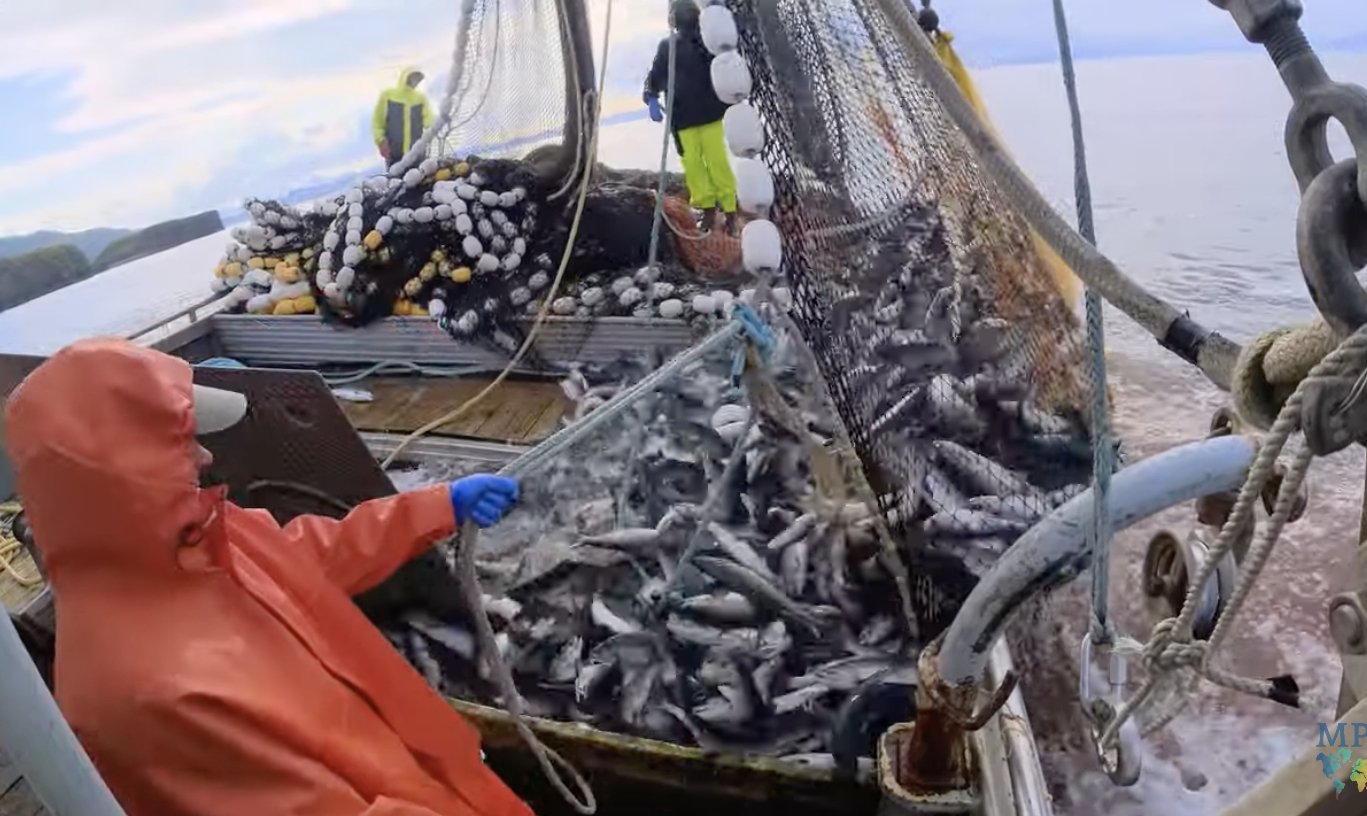
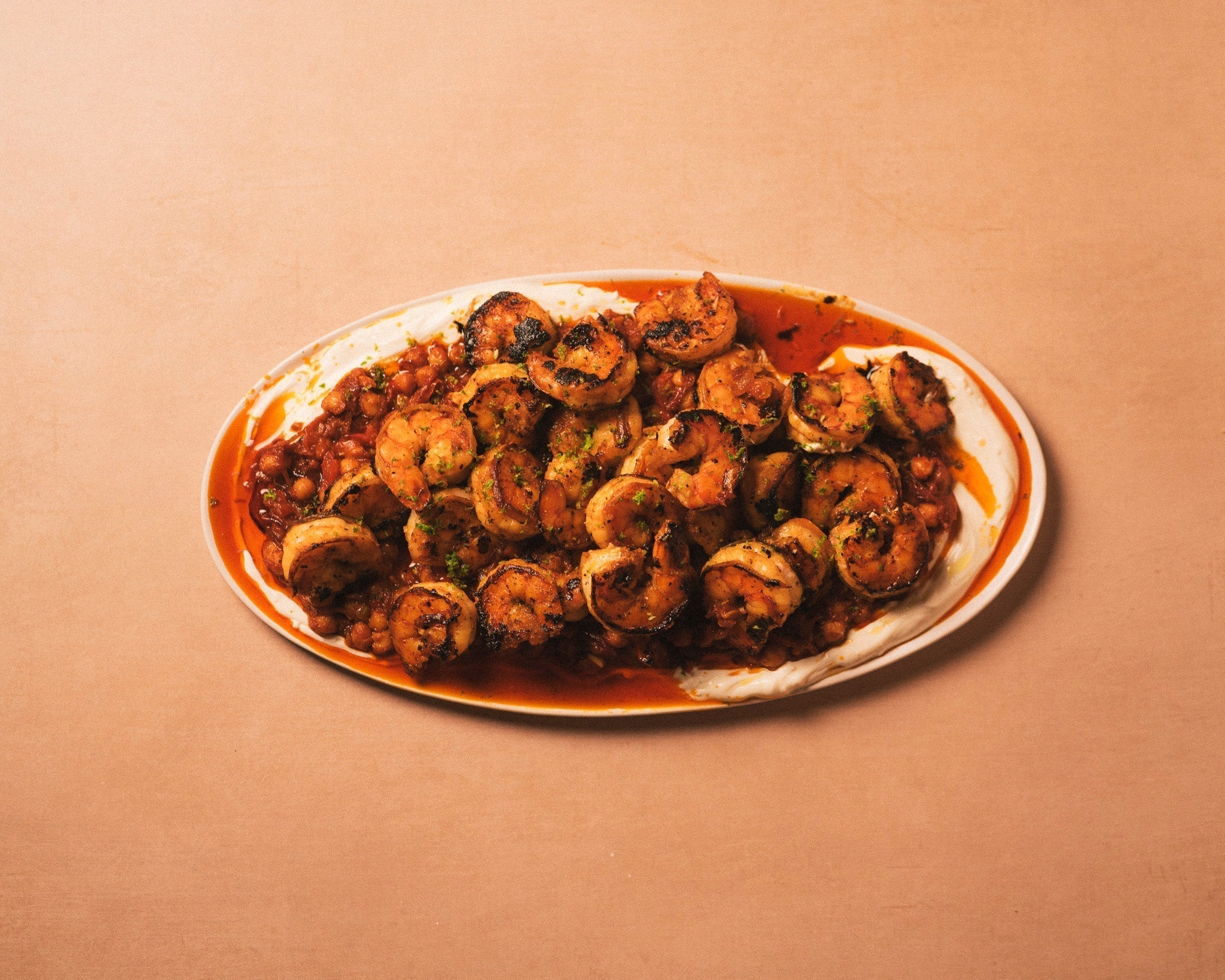
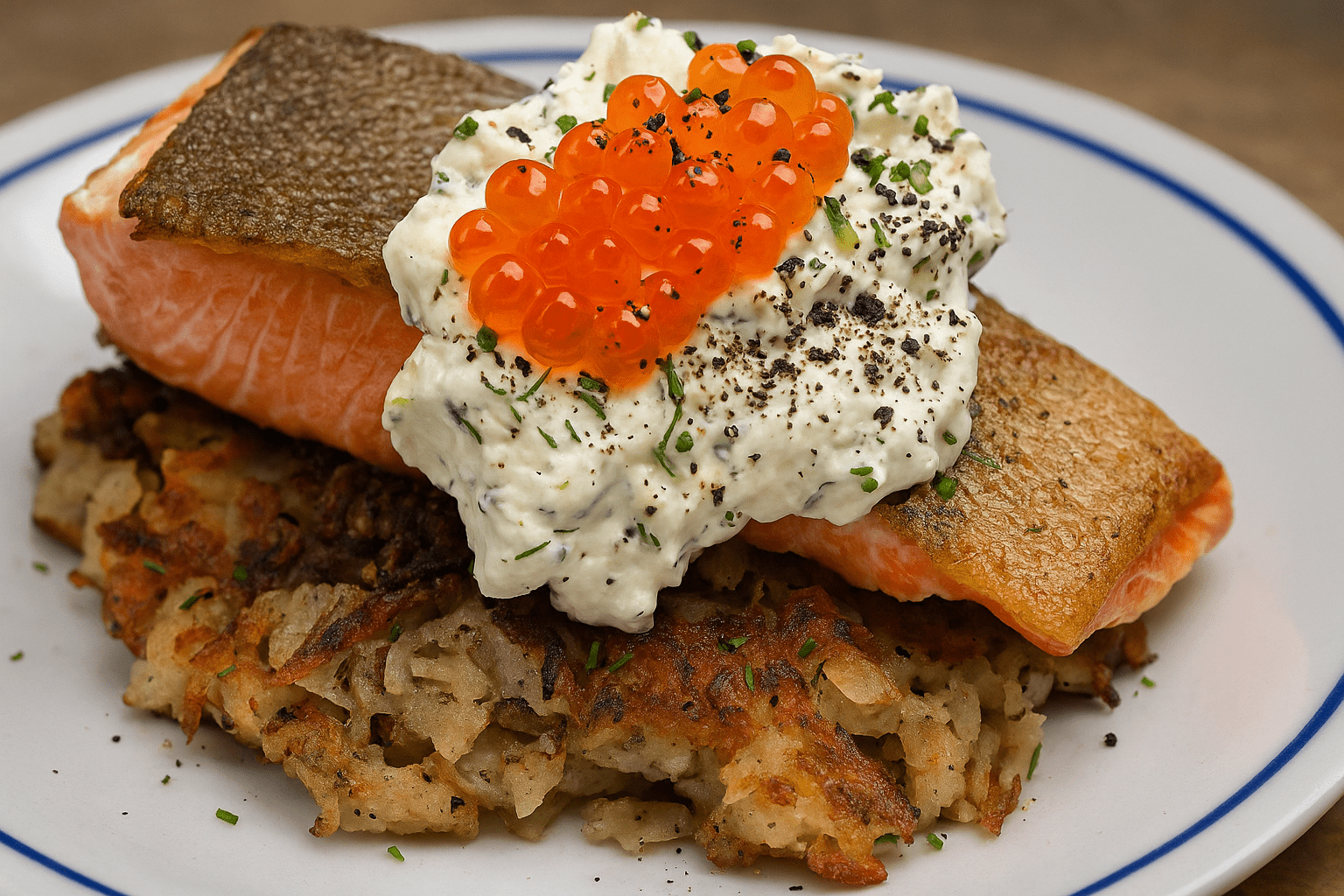
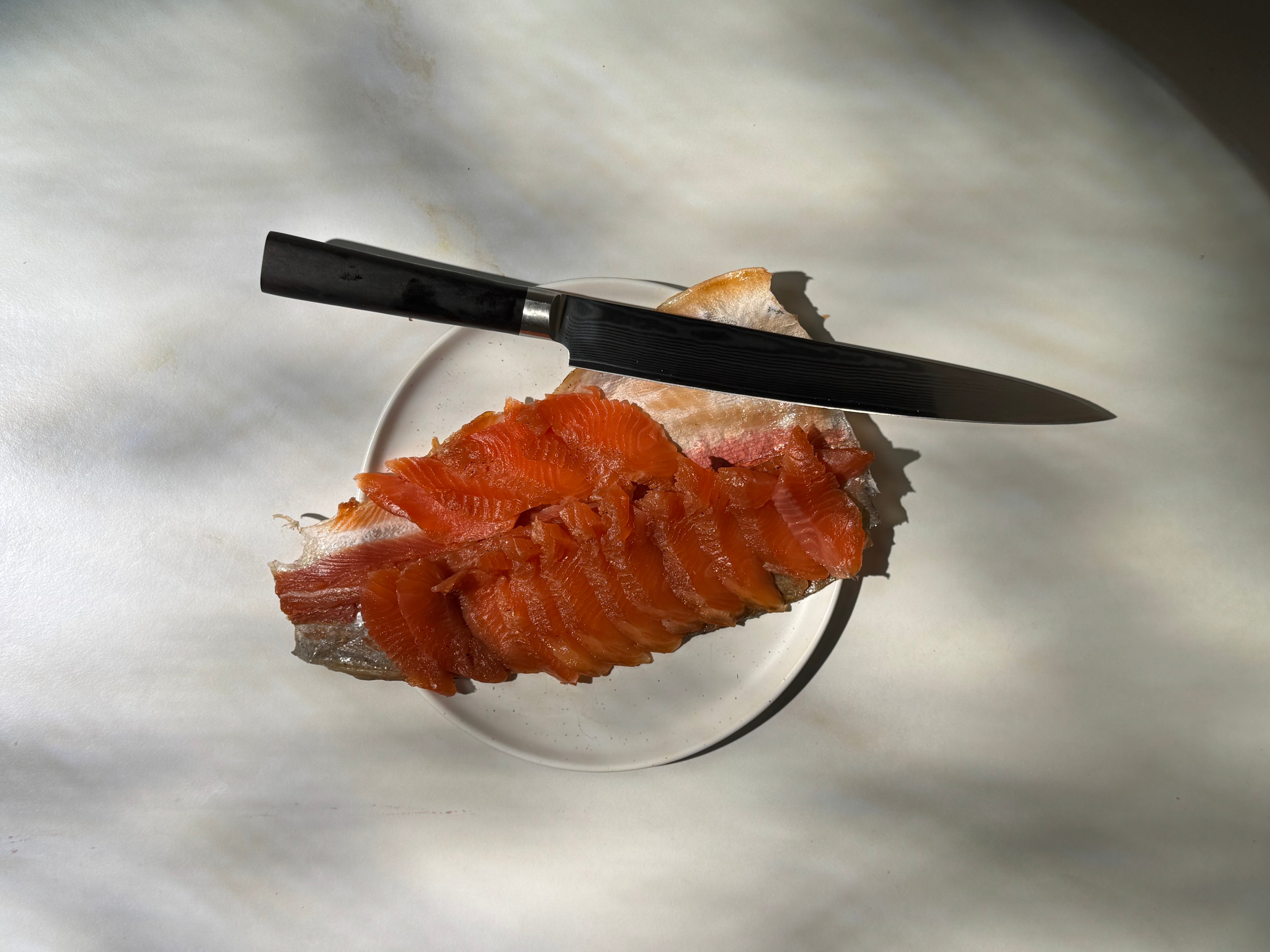
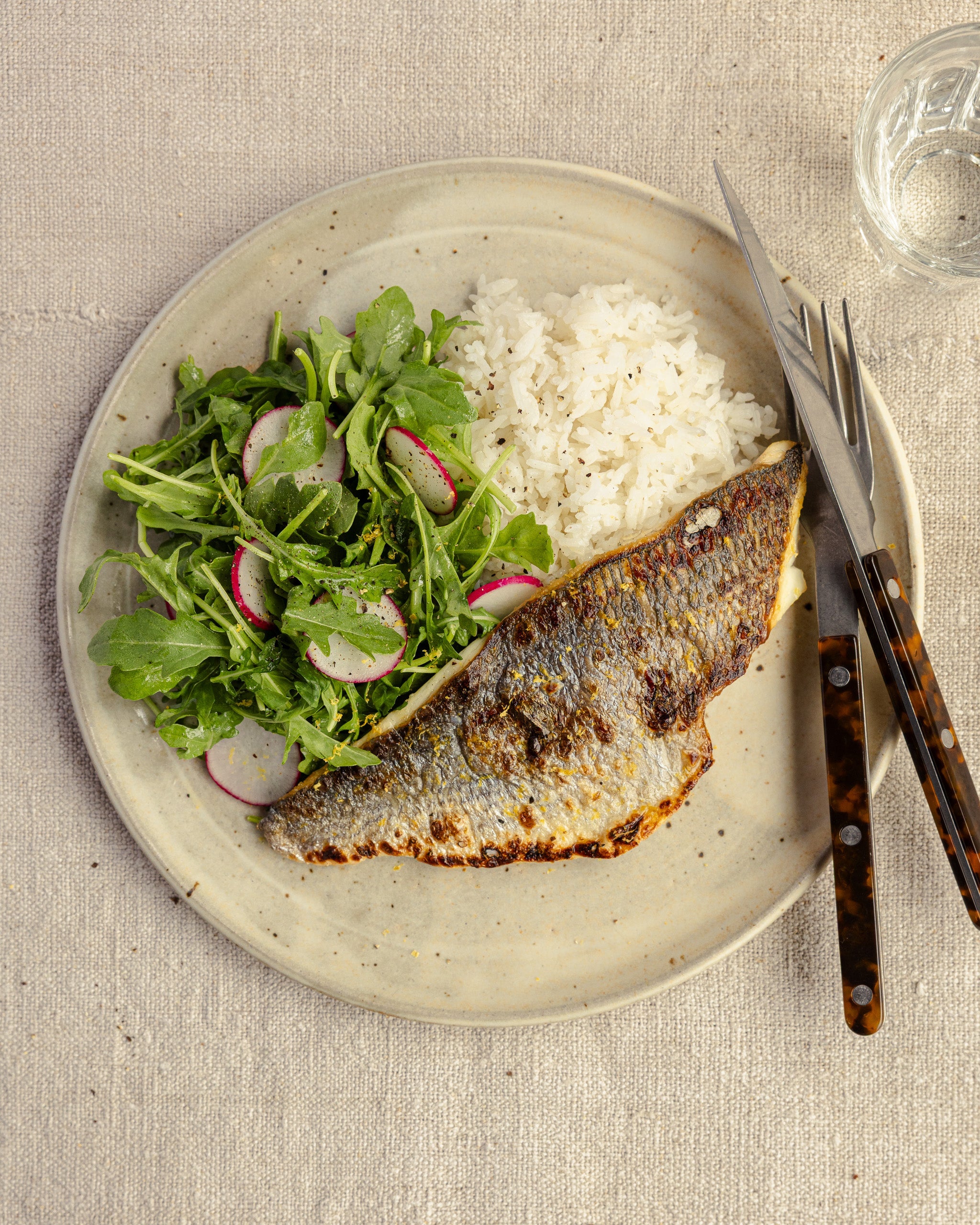

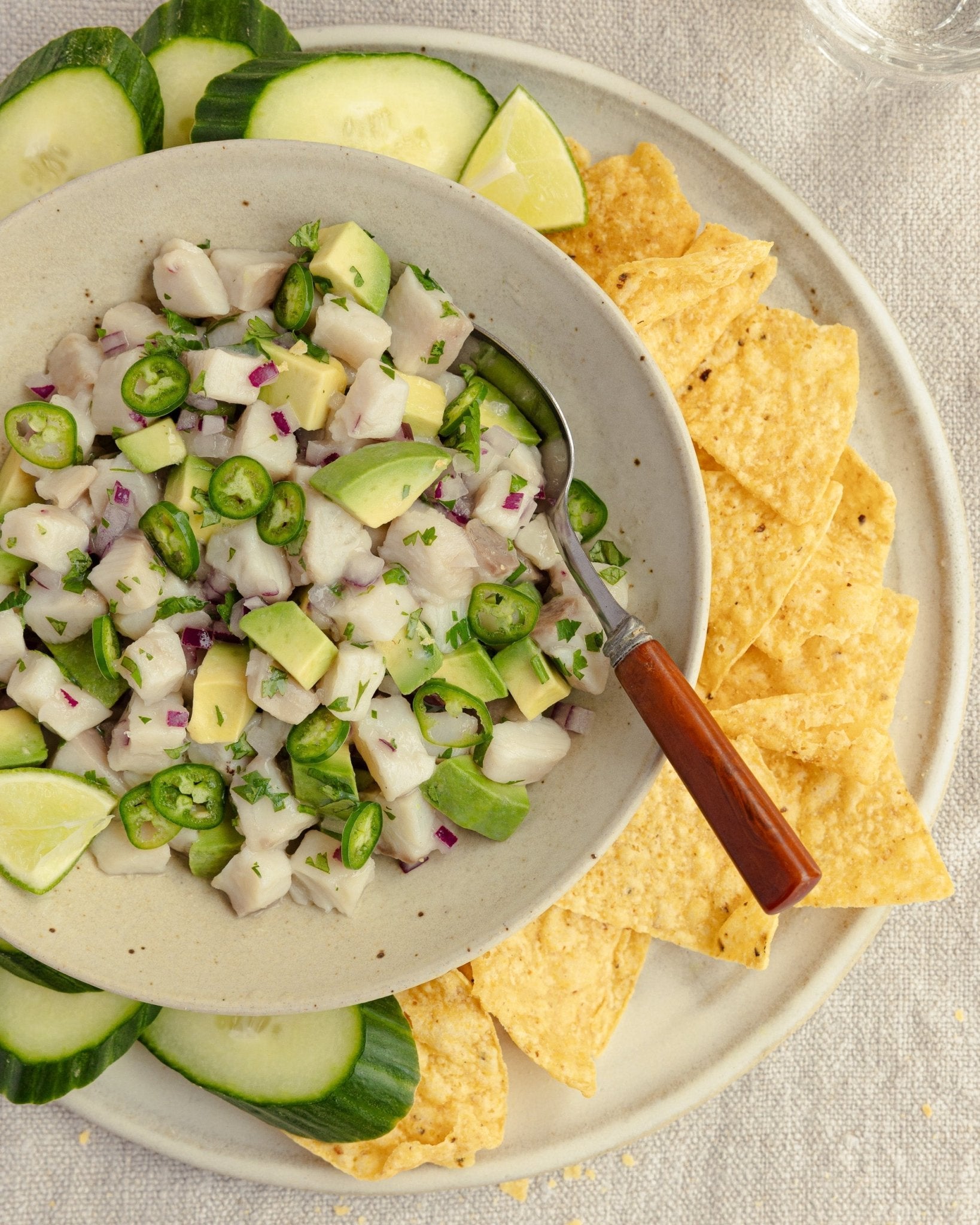
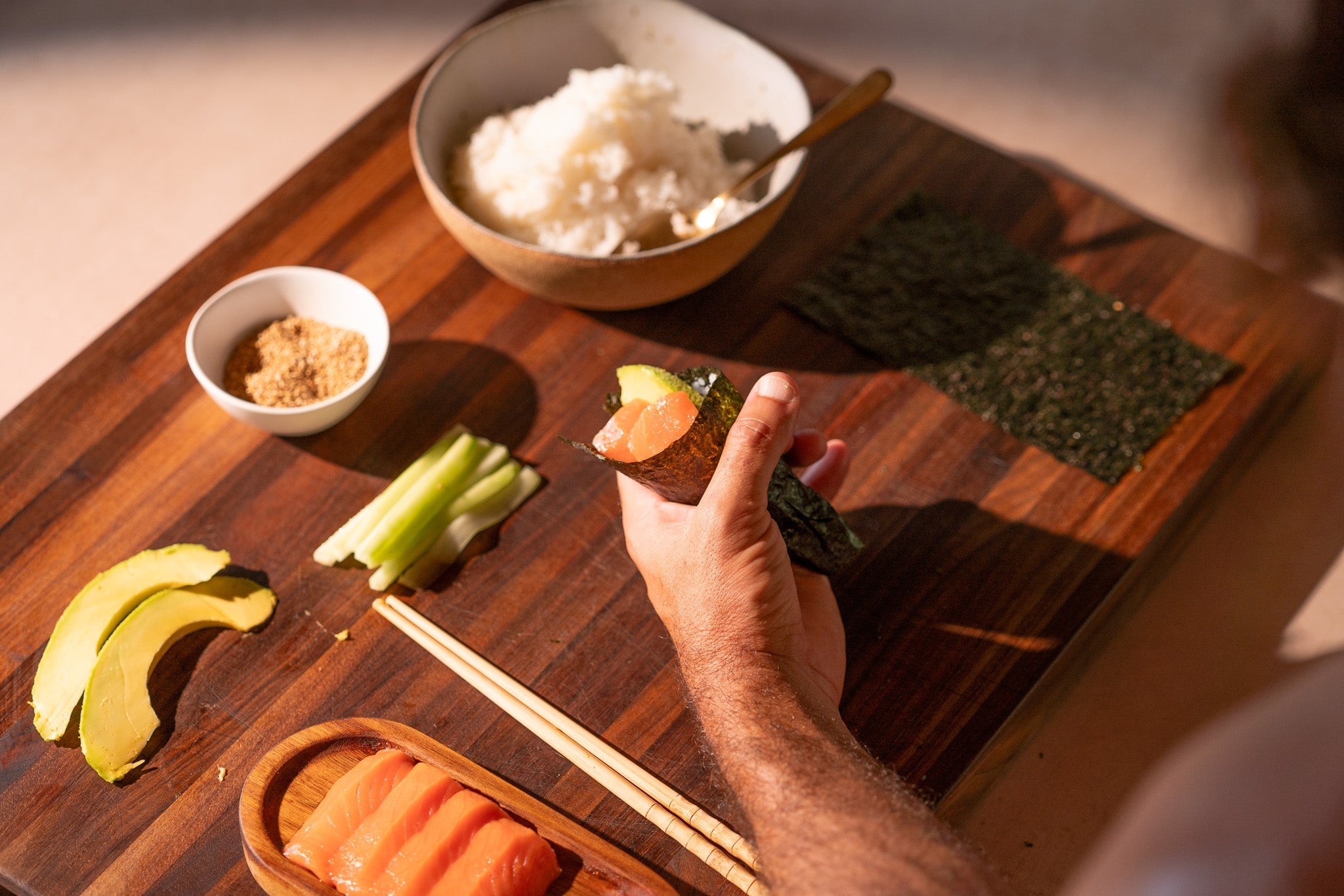
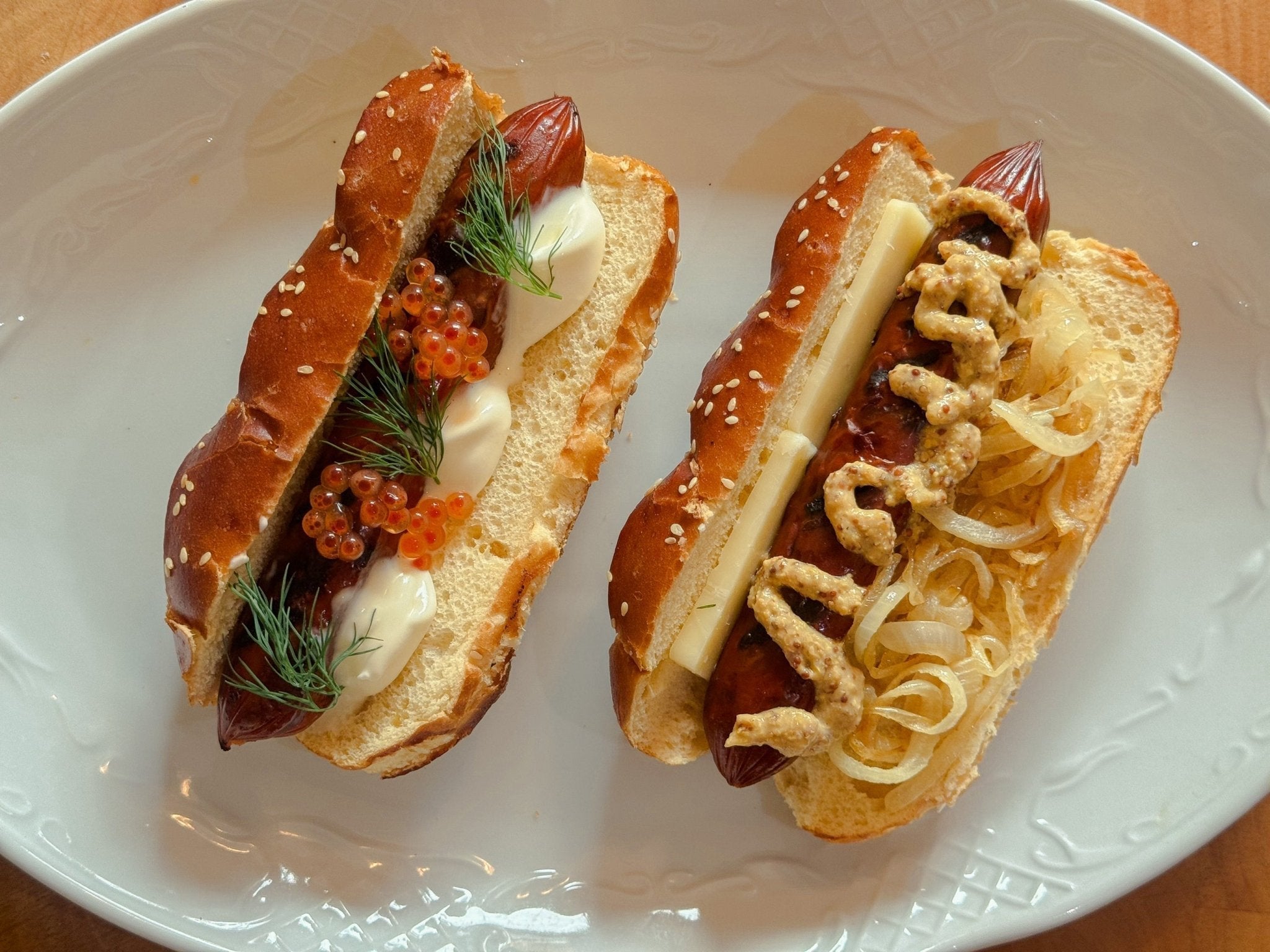
Share:
Explore Seaforestation Solutions with Seatopia
Uni-fy for Ocean Health: Hope in the Water Episode 3, Changing the Menu